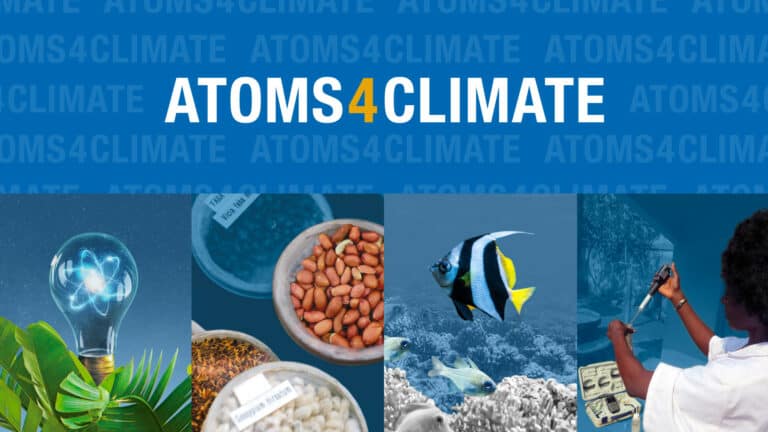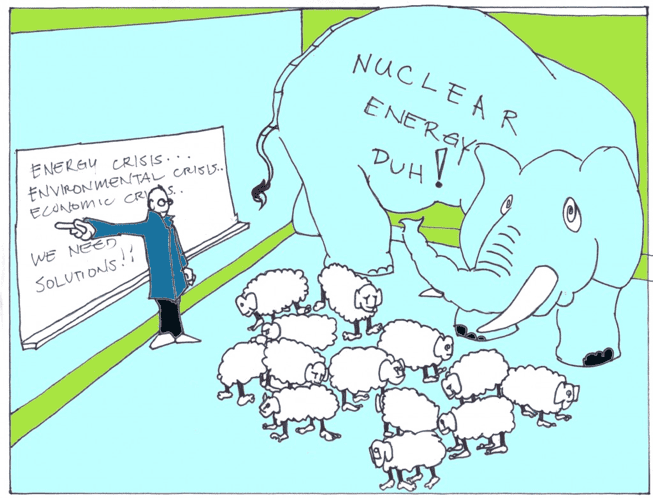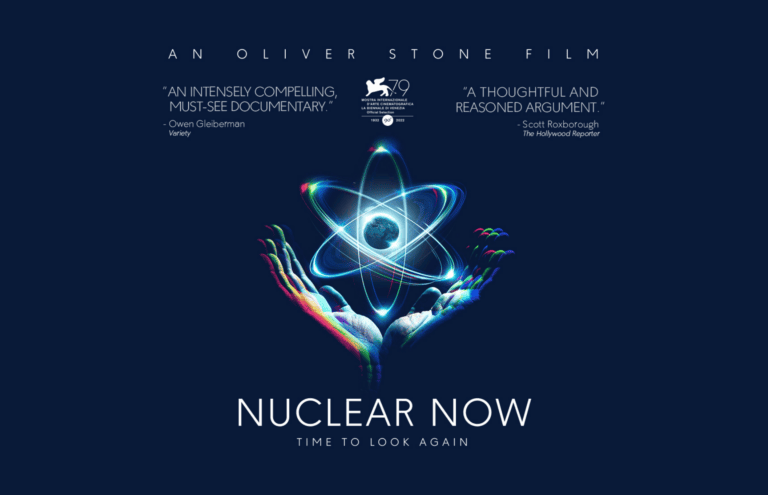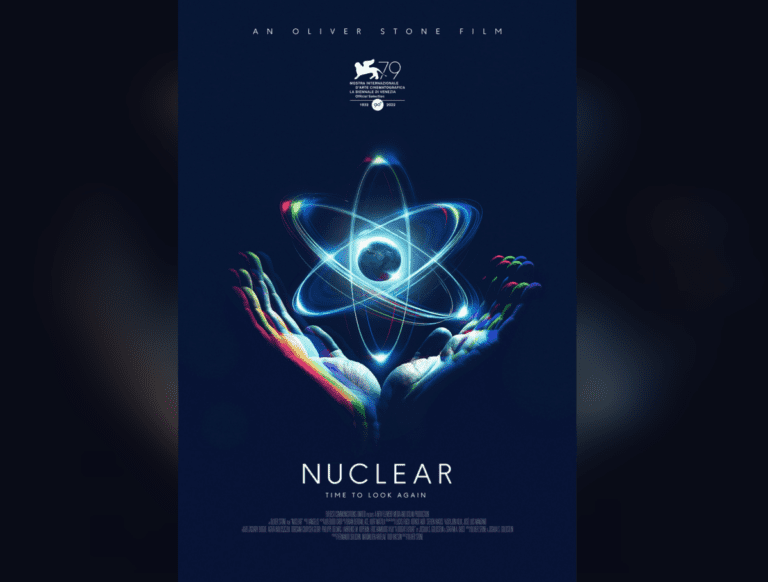Why would climate publications disrespect nuclear fission?
Here is another instance of climate reporting that treats nuclear fission as if it barely exists. Before COP28, Cipher published an “Exclusive” that led off with “The United States is working behind the scenes to ensure nuclear power is not excluded from an expected global pledge to boost renewables at the upcoming climate summit in…




